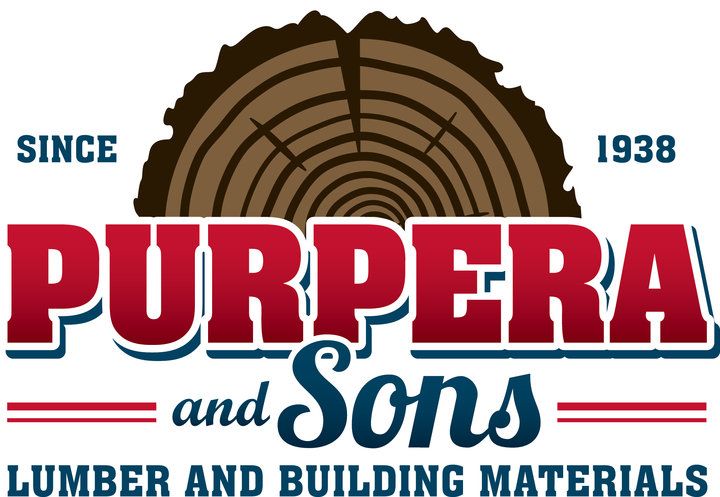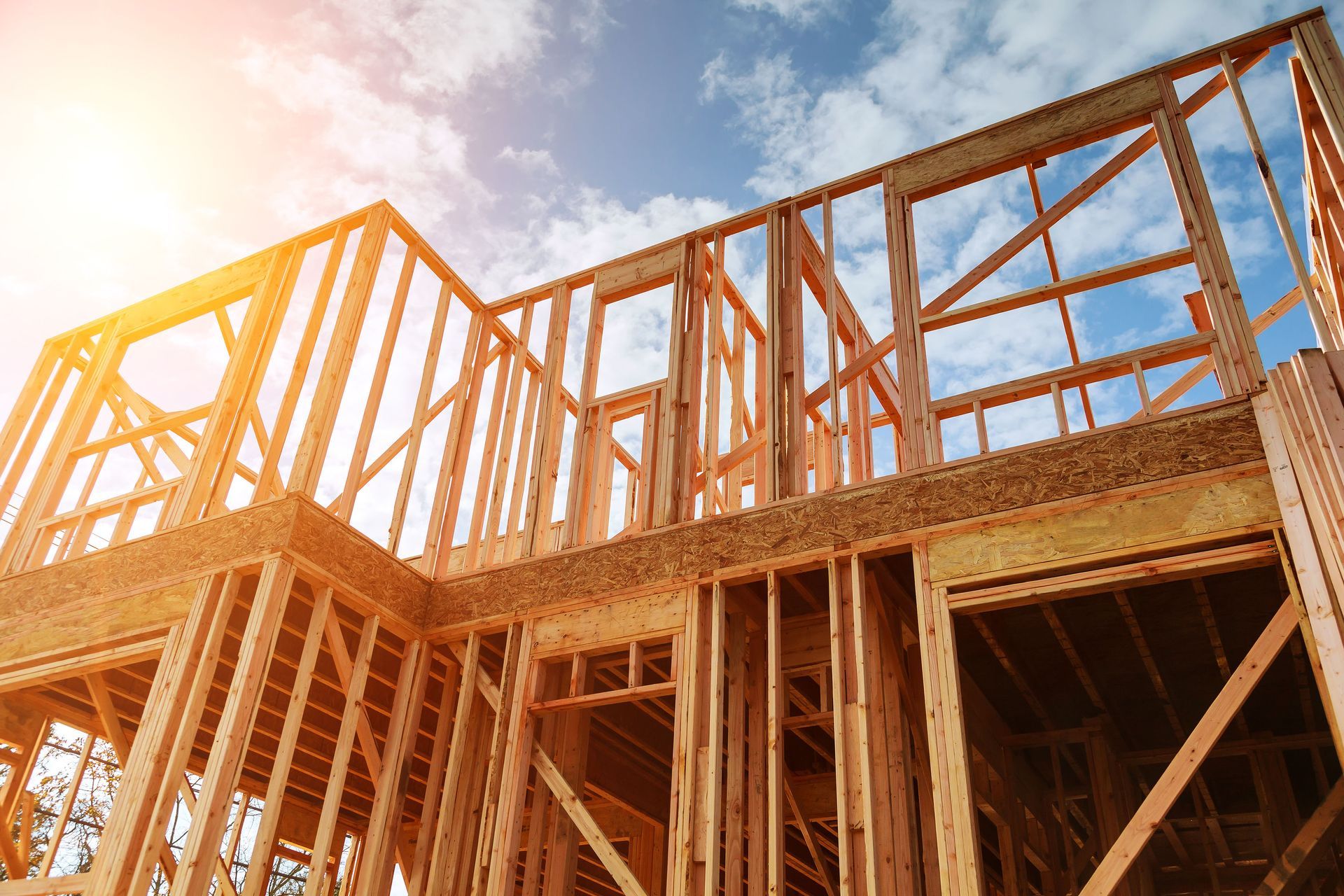The Types of Lumber in Your Home
When you walk into your home, the last thing you probably think about is the type of lumber that forms its foundation. However, the wood that stands beneath your feet and supports your walls is more important than you might realize. From structural integrity to aesthetic appeal, different types of lumber play unique roles in the construction of your dwelling. Understanding these differences in building materials can not only enhance your appreciation for the complex craftsmanship of your home but also guide you in making informed choices during renovations or repairs.
Softwoods
One of the most commonly used types of lumber in homes is softwood, such as pine, fir, and spruce. Softwoods are typically used in framing and structural components because they are relatively inexpensive, easy to work with, and abundantly available. According to 8 Billion Trees, constructing a typical 2000-square-foot apartment requires a staggering 26,700 feet of wood, highlighting the importance of efficient use and sustainability in our lumber choices. However, while softwoods may excel in terms of economy and availability, they are often less durable than their hardwood counterparts.
Hardwoods
Hardwoods, including oak, maple, and cherry, are another prevalent type of lumber used as building materials in homes, primarily used for flooring, cabinetry, and furniture. Known for their durability and attractive grain patterns, hardwoods add a layer of aesthetic sophistication to a home's interior. Unlike softwoods, hardwoods grow more slowly, resulting in denser wood that can better withstand wear and tear. This quality makes them an ideal choice for high-traffic areas or households seeking longevity in their home furnishings.
Engineered Wood Products
Engineered wood products, such as plywood and MDF (medium-density fiberboard), are also integral to modern home construction. These types are crafted by combining wood fibers or veneers with adhesives under heat and pressure, resulting in products that can offer greater uniformity and stability. Engineered wood is frequently employed in cabinetry, flooring, and furniture design, thanks to its versatility and cost-effectiveness. By using these innovative materials, homeowners can achieve the look and feel of solid wood while often reducing waste and fostering sustainability.
The type of lumber used in your home's building materials significantly impacts its structure, appearance, and even environmental footprint. While softwoods are favored for their practicality in construction, hardwoods provide durability and visual appeal, and engineered woods offer a balance of both. Understanding the characteristics and best uses of these materials can not only aid in responsible home improvements but also deepen your appreciation for the craftsmanship present in every corner of your abode. For more information, call V Purpera & Sons Lumber Co Inc today!








Share On: